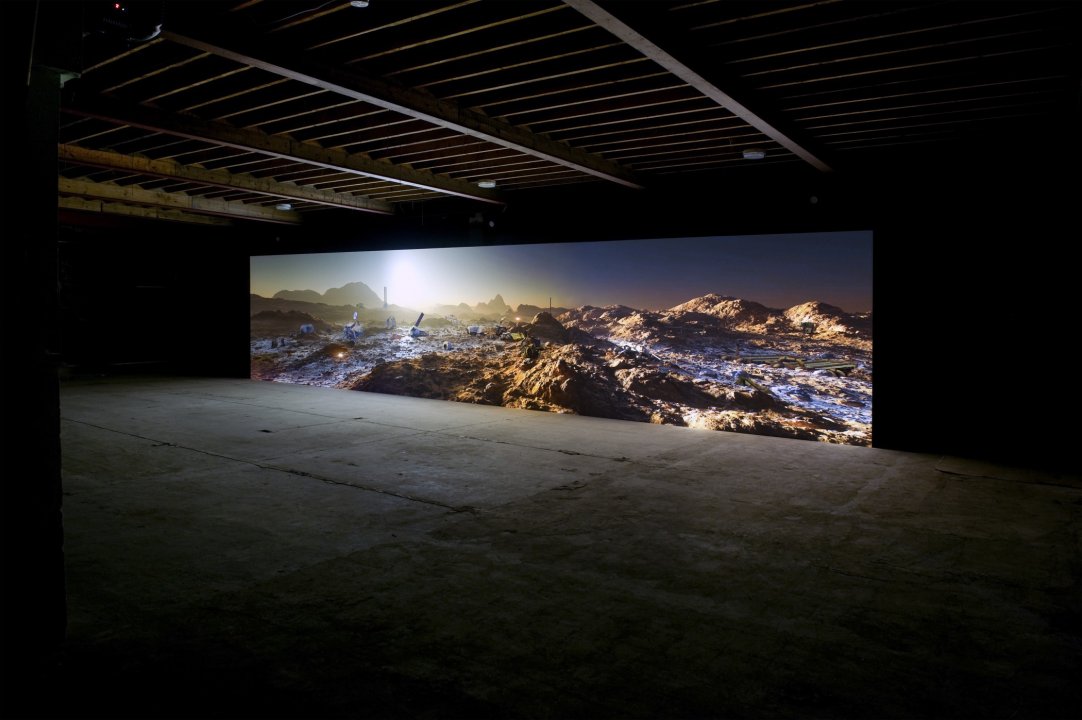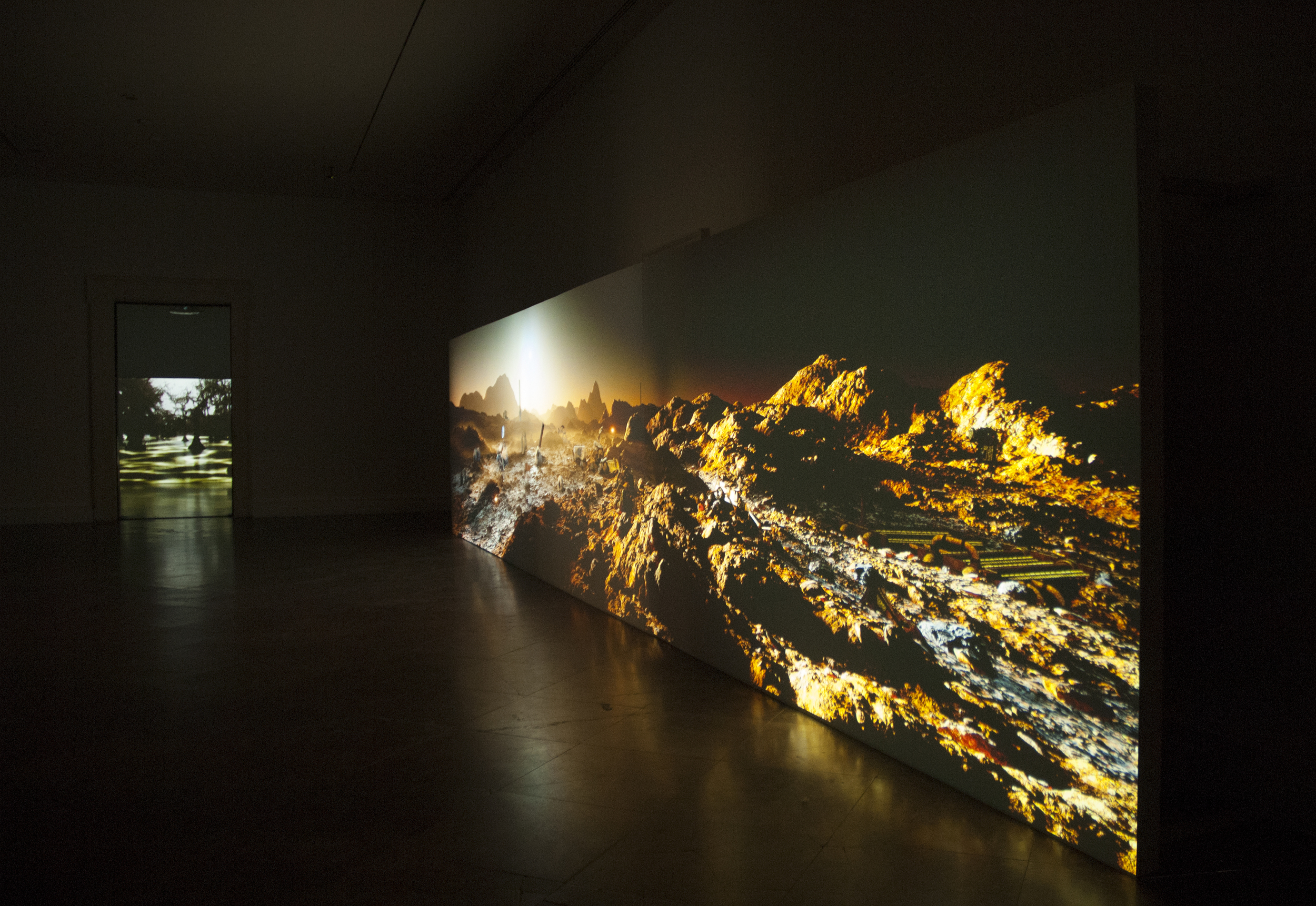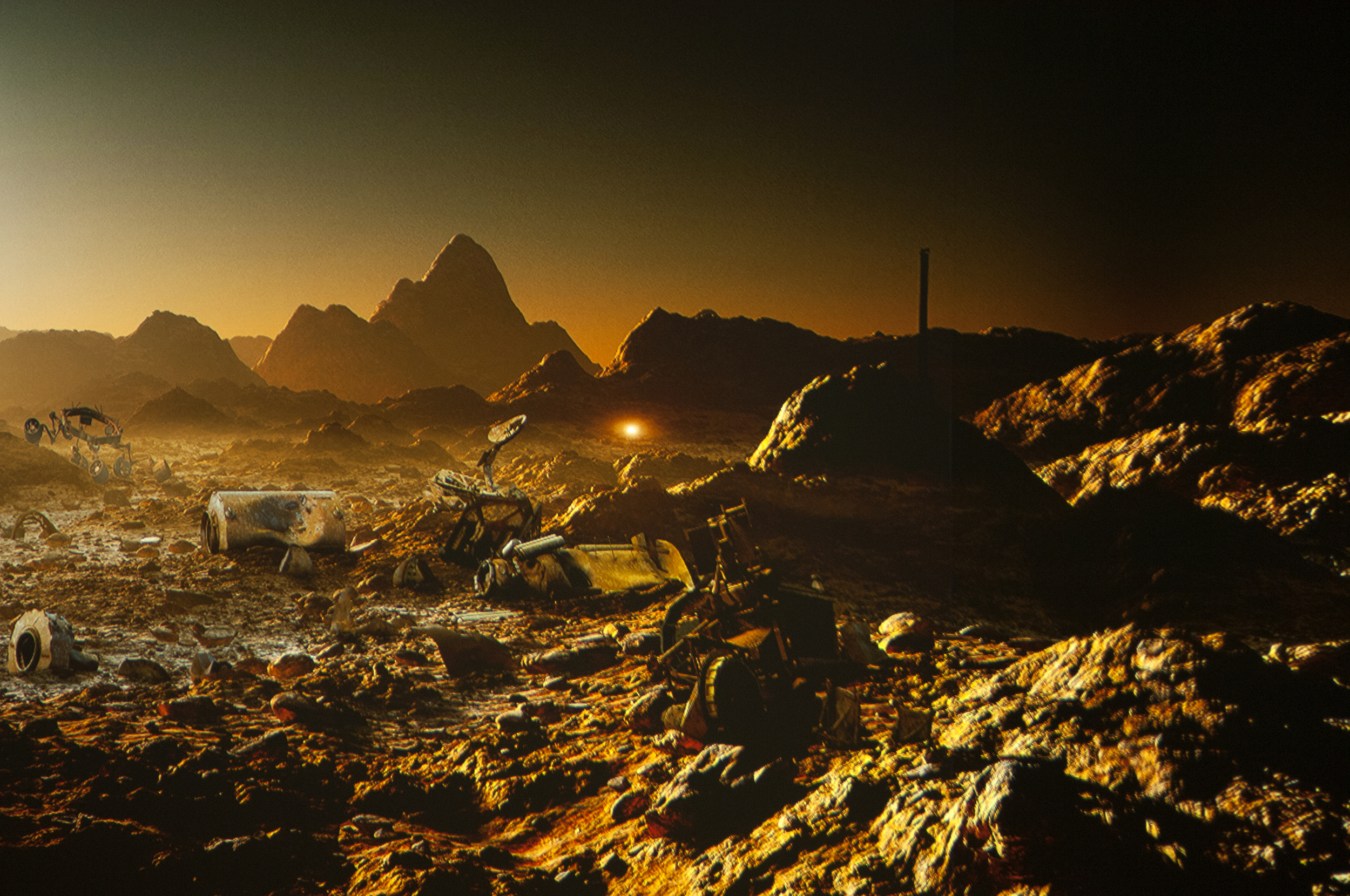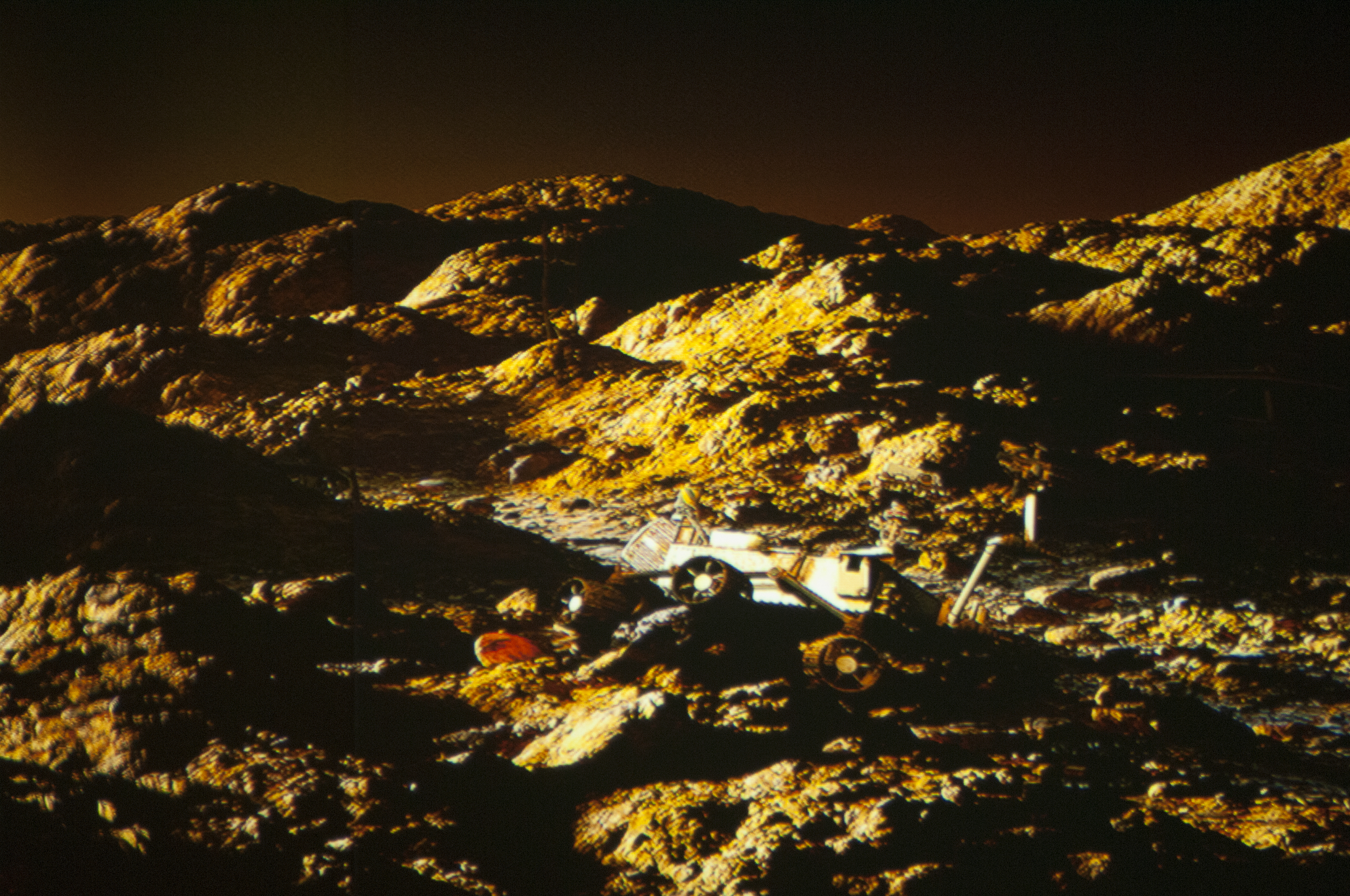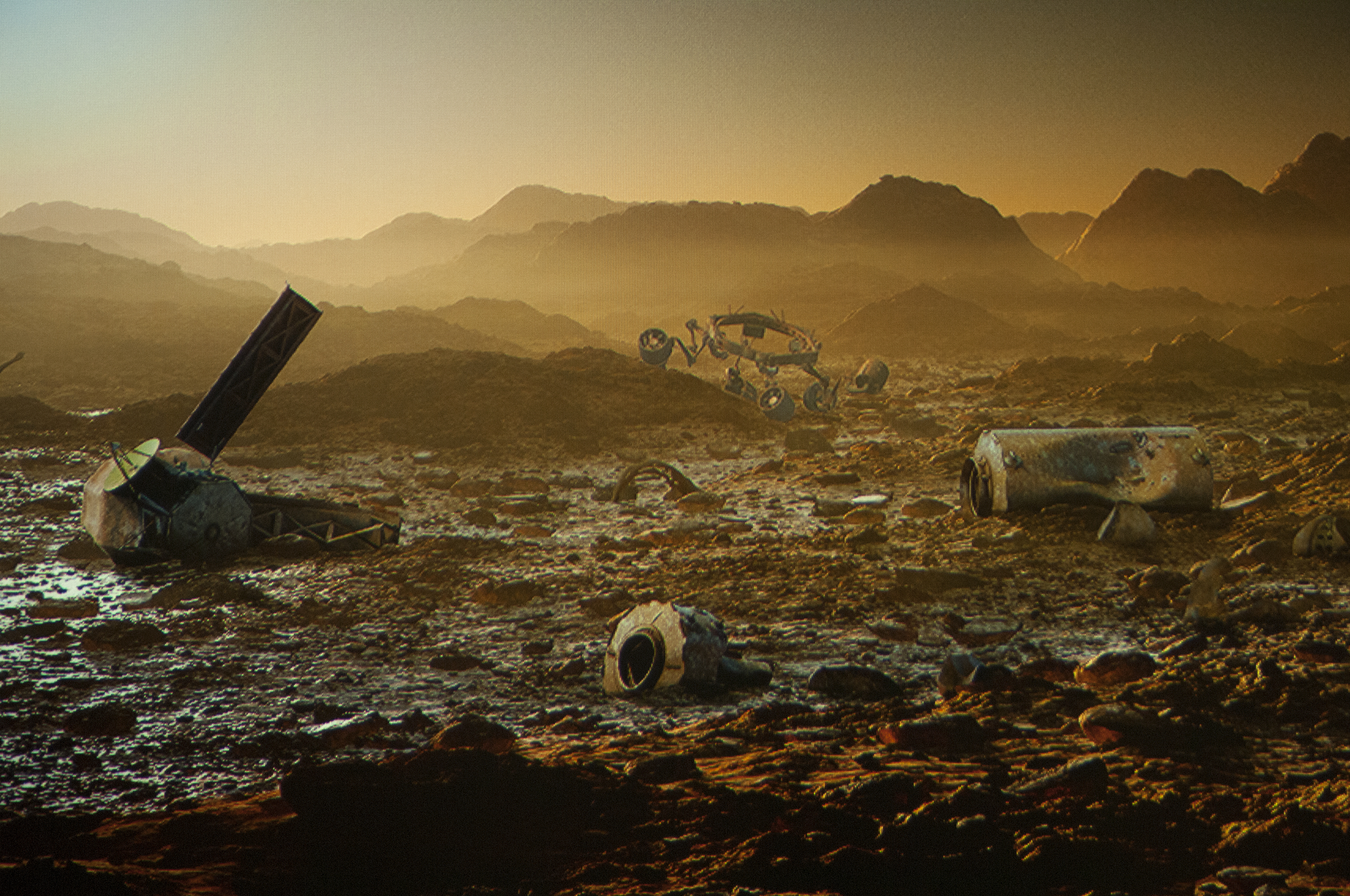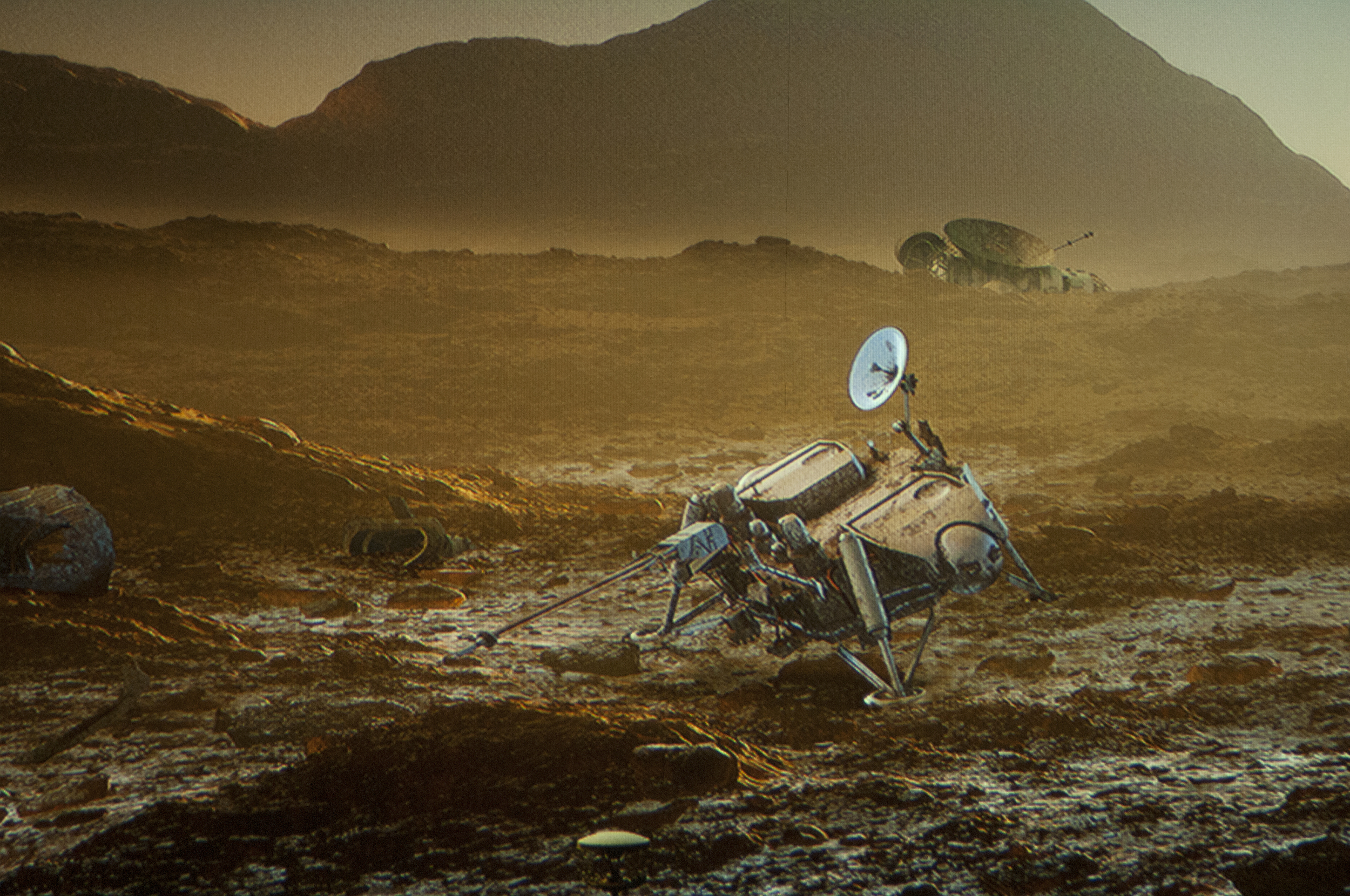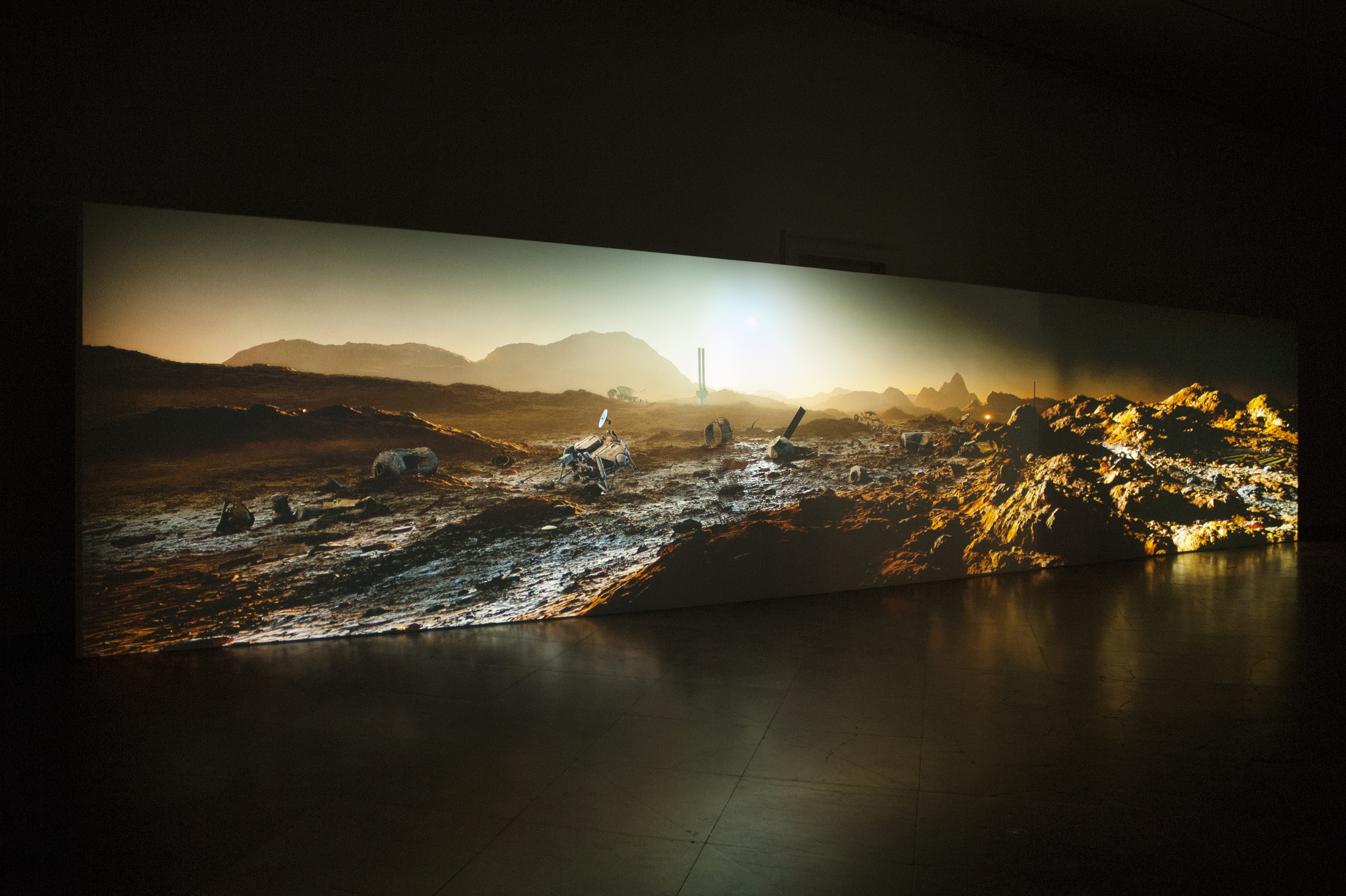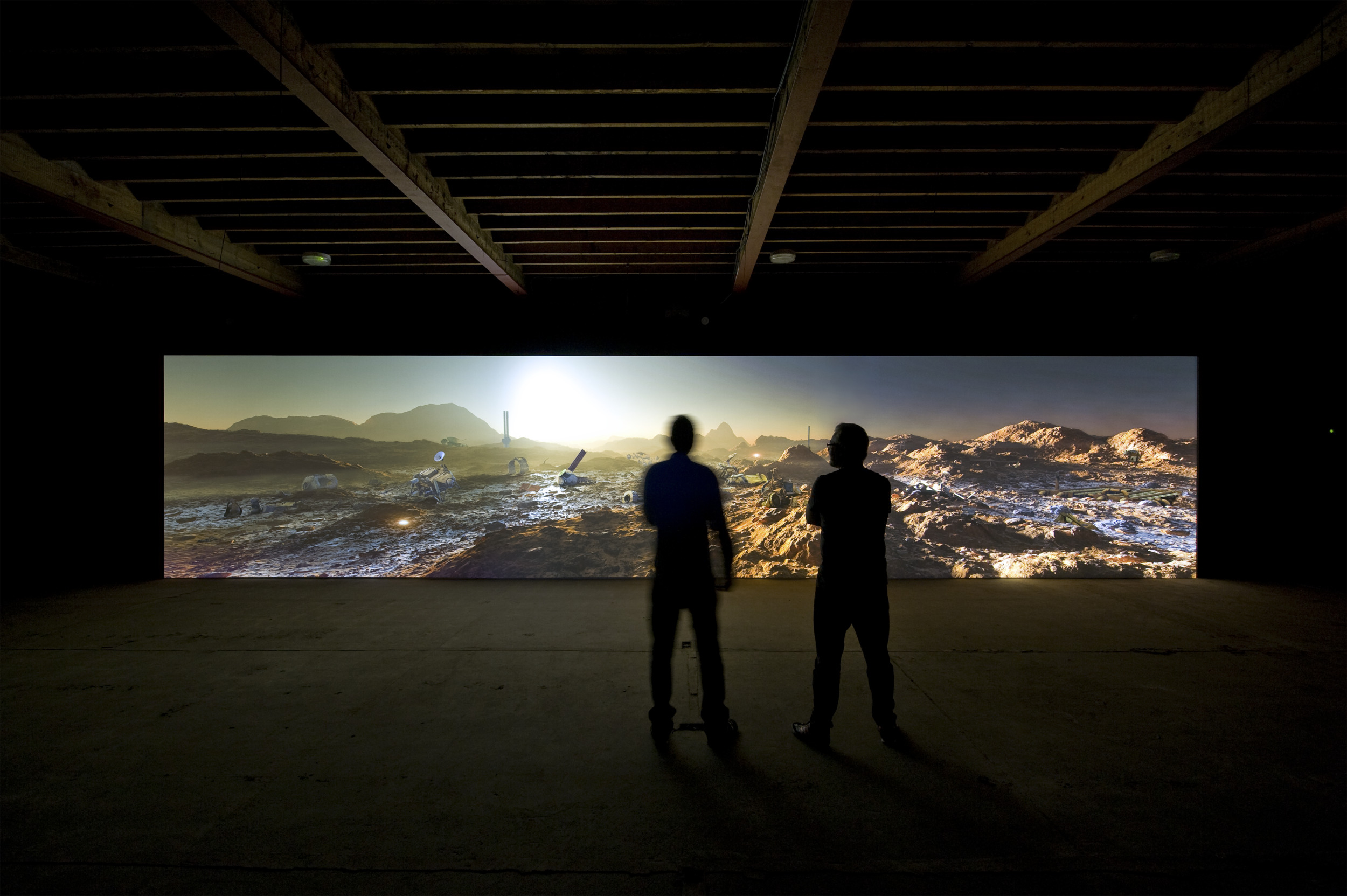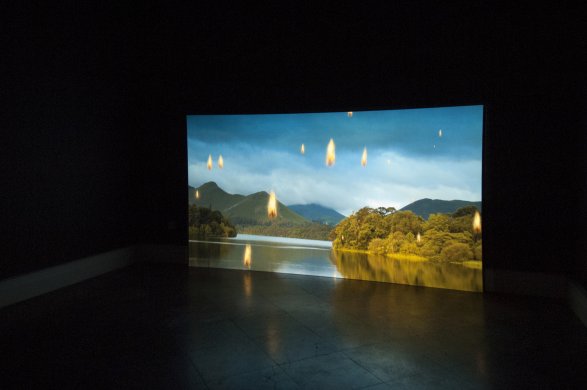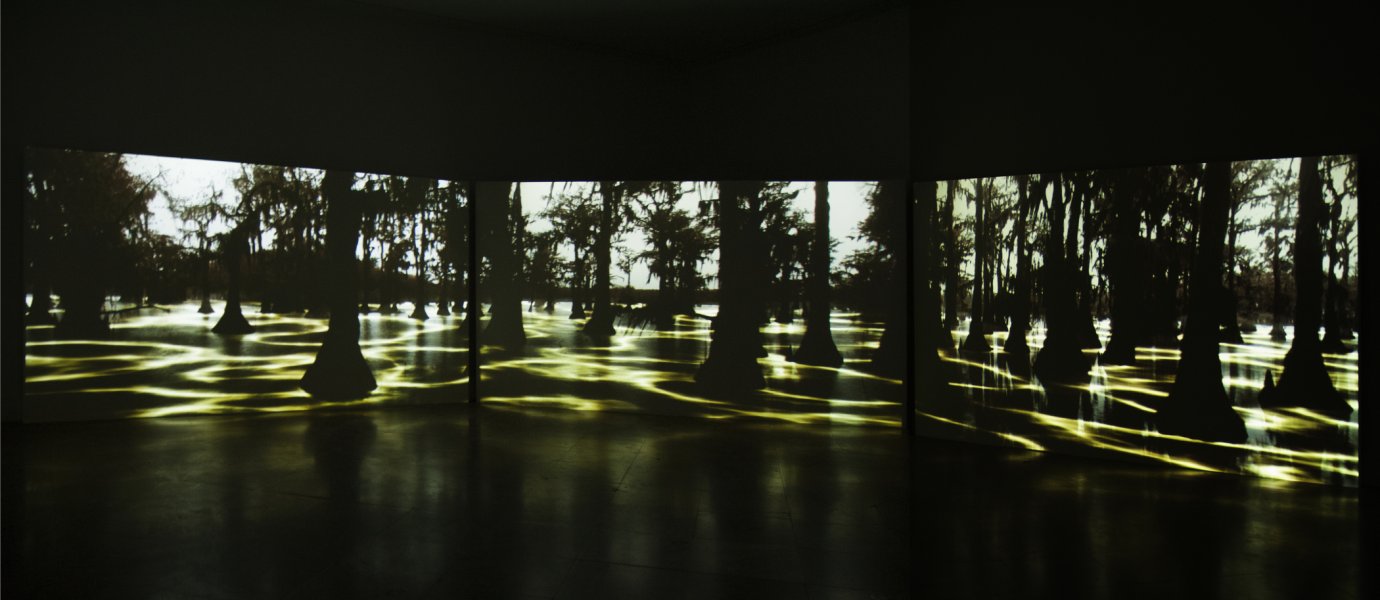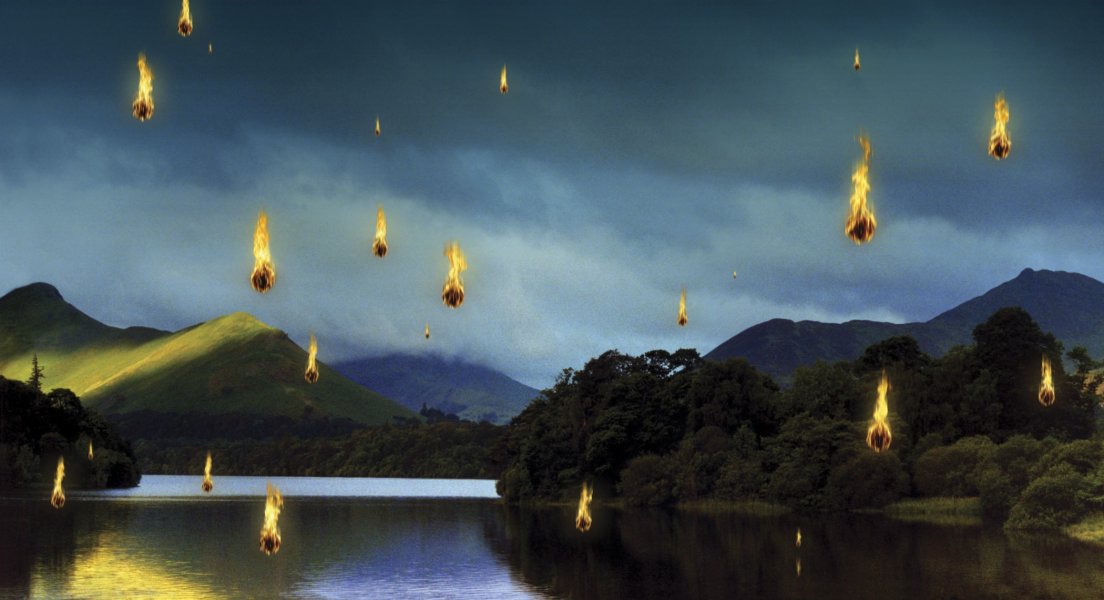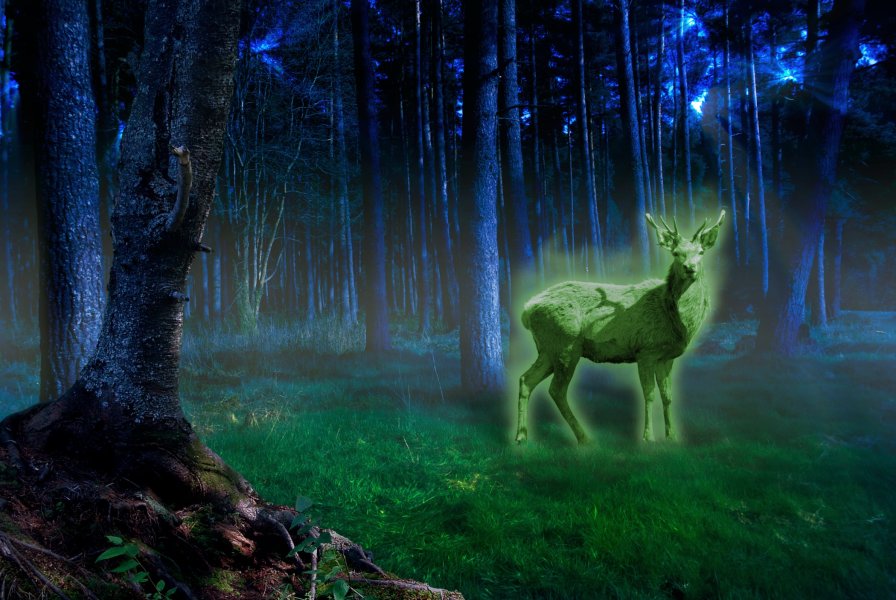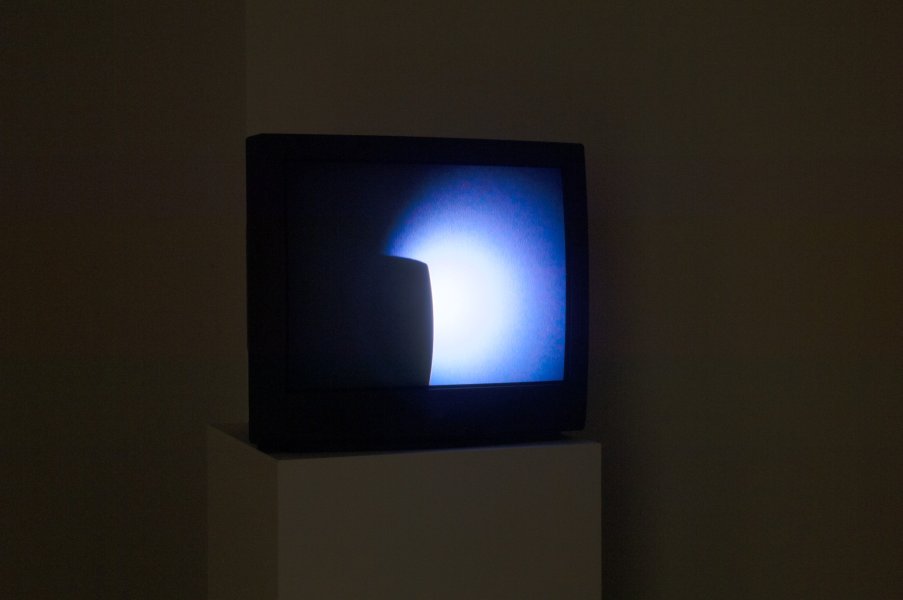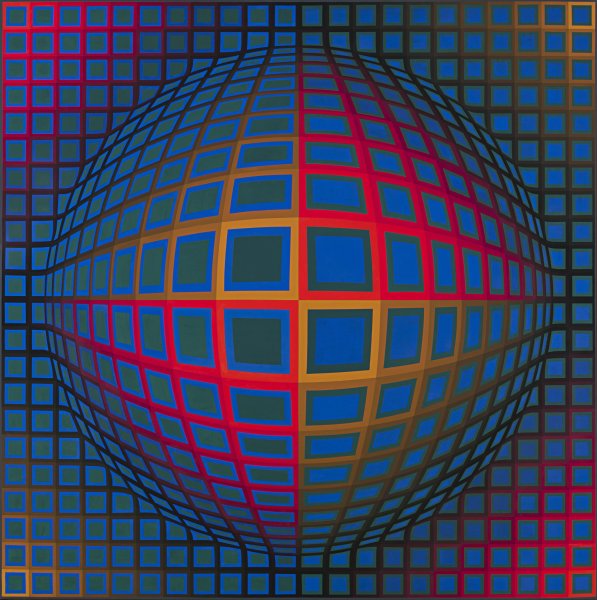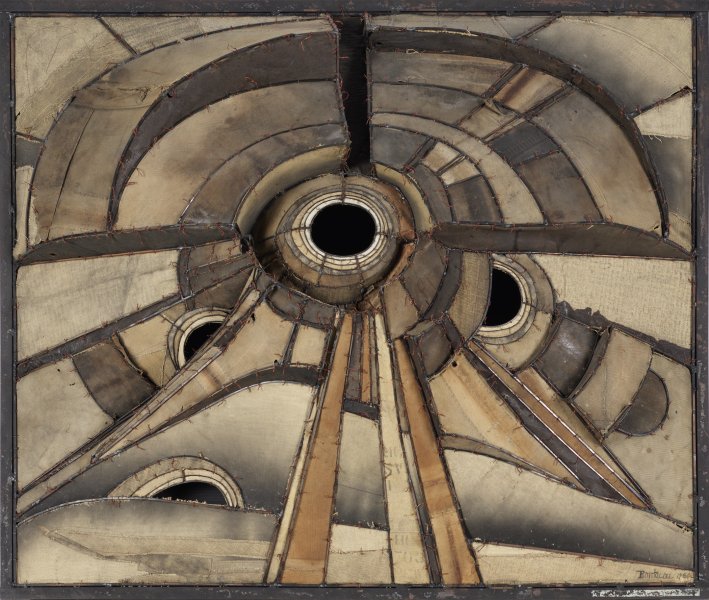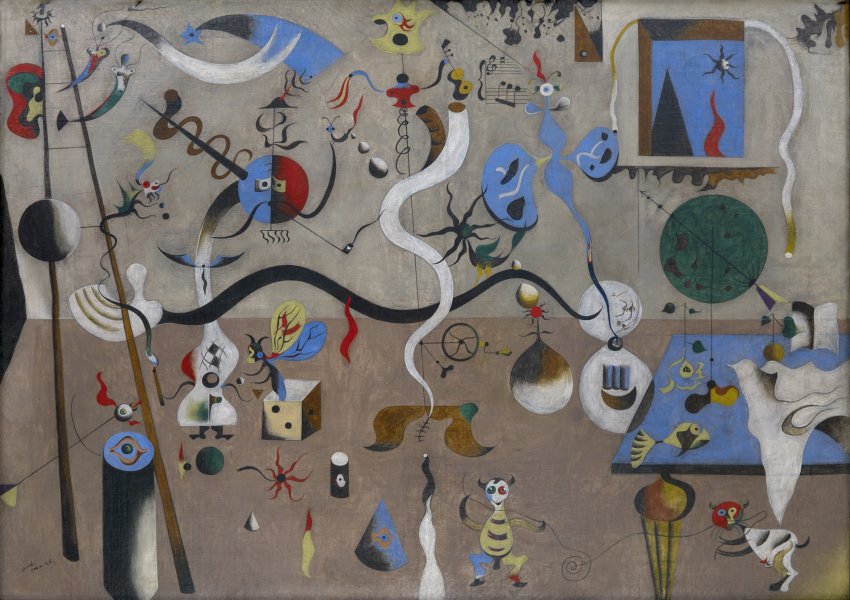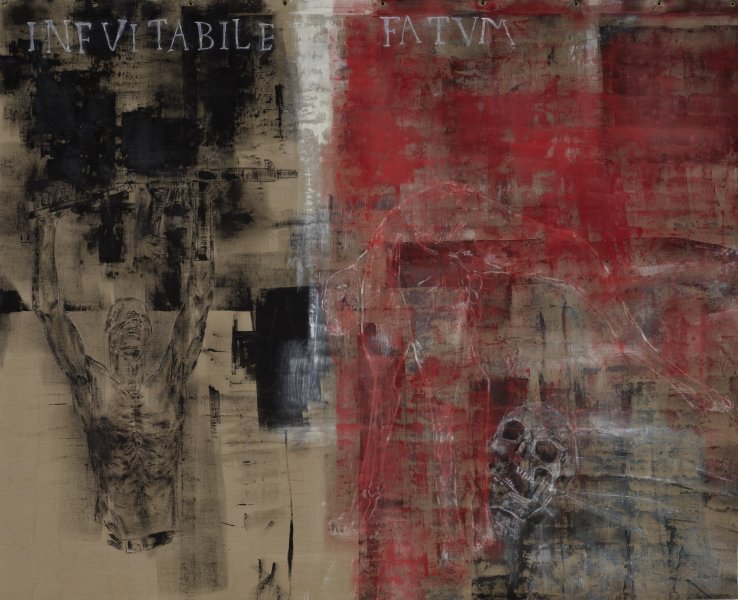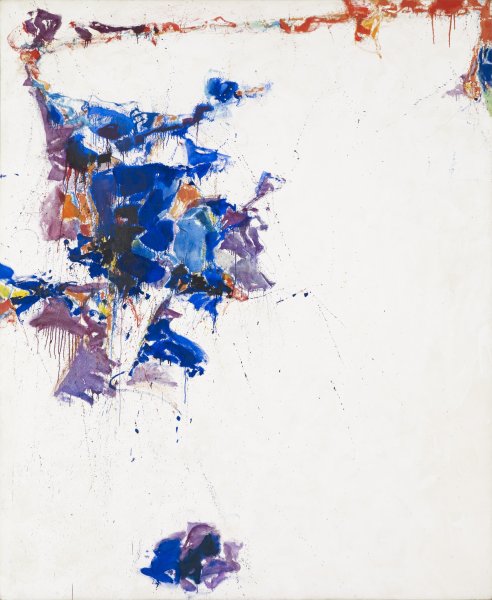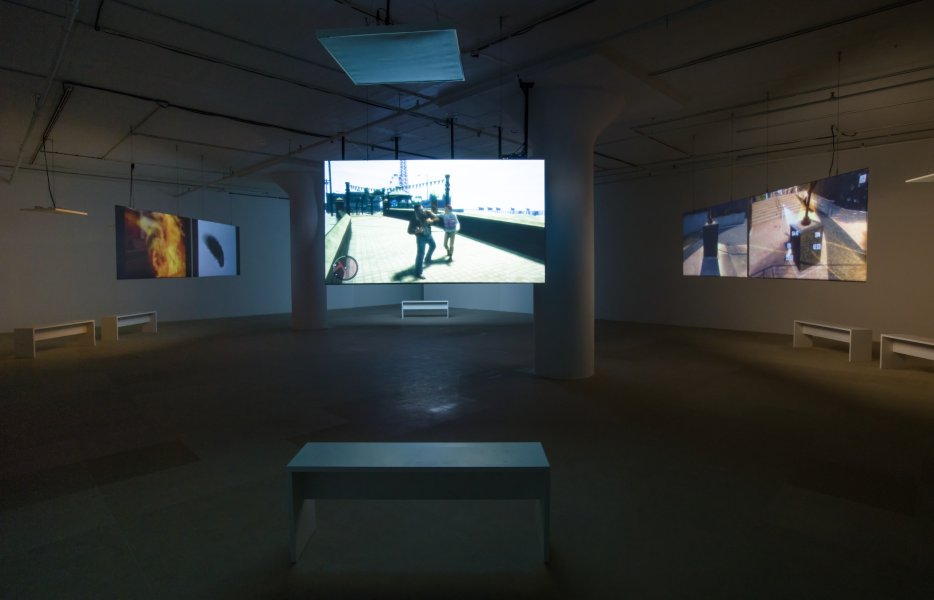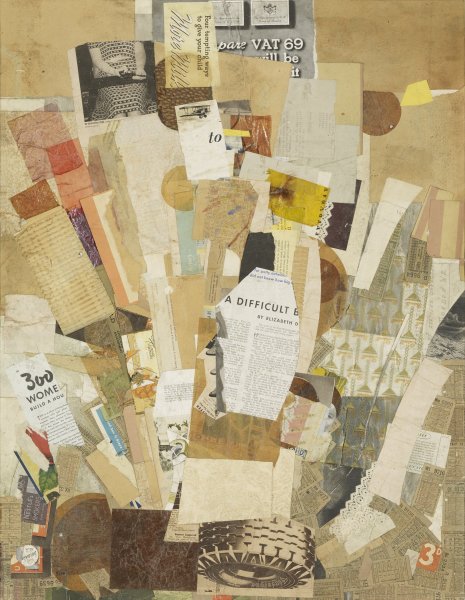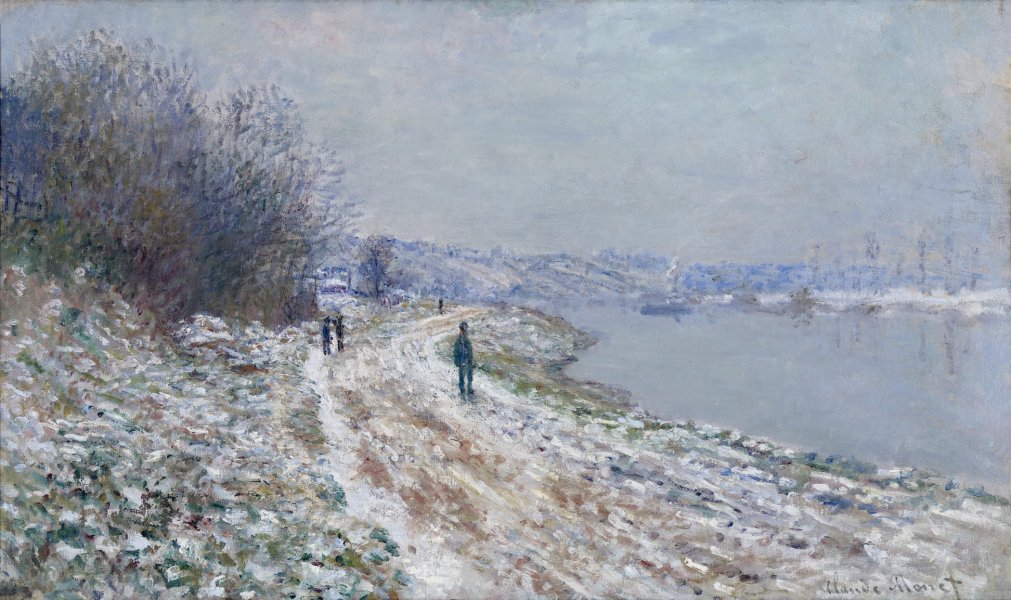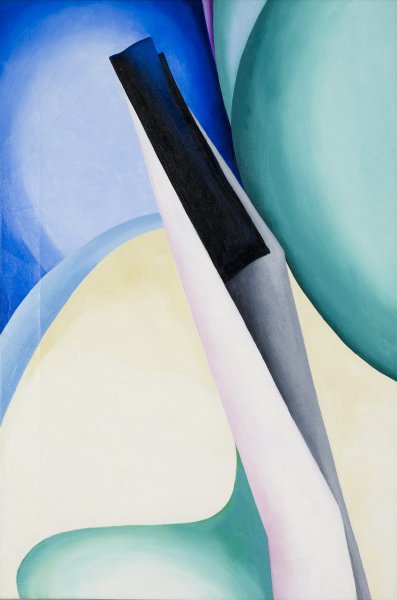Kelly Richardson
Canadian, born 1972
Mariner 9, 2012
Artwork Details
Materials
three-channel high definition video installation, 5.1 stereo sound
Edition:
2/3
Measurements
running time: 20 minutes
Collection Buffalo AKG Art Museum
Credit
Sarah Norton Goodyear and George B. & Jenny R. Mathews Funds, 2013
Accession ID
2013:2a-c
Over the past few years, Kelly Richardson has become increasingly interested in the ways science fiction presents us with opportunities to experience what life may be like in the future and, perhaps, on other planets. Always keeping abreast of ongoing research around space exploration, she found that the recent shift in focus to Mars corresponded exceptionally well with her growing concern with the state of our planet. The search for signs of life on Mars is integral to the conception of Mariner 9, and it reflects what she sees as the waning significance of our own species. She has commented, “It is no longer a question of ‘if’ we save the planet or ‘when’ we can accommodate deep space travel, but more a calling into question our current trajectory on the whole, given that scientific predictions for our future are quite terrifying.”
Mariner 9 marks Richardson’s liberation from her past practices. The Sublime she once sought in the landscape is now created, pixel by pixel, by her own hand using scenery-generating software most often associated with the film and interactive gaming industries. She feels that although scientists are able to present us with data about what the future may be like, only artistic interpretations of these data and speculations are able to present us with a tangible connection to future environments. This large, panoramic video installation, set two hundred years in the future, depicts the Red Planet littered with the rusty remains of past rover missions and spacecraft debris, reading like a visual history of space exploration. While some of the crafts linger in the background as statuesque relics, others, although clearly hindered by their timeworn mechanics, attempt to go about their daily work to find signs of life, ultimately transmitting that data back to no one. NASA’s space orbiter Mariner 9, from which the work takes its name, was launched from Cape Canaveral Air Force Station in 1971 and was the first spacecraft to orbit another planet. Over the course of several months, Richardson studied the texture of Mars—its soil, terrain, atmosphere, and any evidence of water, taken from NASA access data from the planet—in an attempt to form an accurate picture of what it actually looks and sounds like.
Label from Kelly Richardson: Legion, February 16–June 9, 2013
